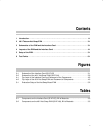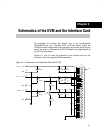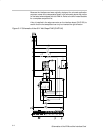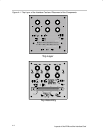
2-1
48-V Telecom Hot-Swap EVM
With the rapid growth of internet and telecommunications in general, more and
more electronic systems are required to run continuously. Therefore,
redundant systems or modules may be required to prevent the crashing of
systems. While redundant systems have proved feasible, they are also very
costly. Further, a simple redundant system as a backup is often inadequate
because any errant part in the backup can jeopardize the whole system. Thus,
we should develop ways to update the system regularly or remove errant parts
and insert new modules while the system is still running. Central to such
requirements for today’s electronic systems is the hot-plug or hot-swap
capability.
The TPS2330 is a single-channel hot-swap controller that uses external
N-channel MOSFETs in hot-swap applications. The device integrates features
such as overcurrent protection, inrush current control, output-power status
reporting, and separation of load transients from actual load increases, which
are the critical requirements for hot-swap applications. For a detailed
description of functions and characteristics of the TPS2300, refer to the data
sheet, literature number SLVS265A. Check data sheet and ordering
information on Web site:
http://focus.ti.com/docs/prod/productfolder.jhtml?genericPartNumber=TPS2331
Because telecommunications applications often use –48-V or 48-V power
supplies, a few external components (including a Zener diode and a resistor)
are needed to make the TPS2330 suitable to meet the voltage requirements.
To assist designers in the evaluation of the hot-swap controllers for such high-
voltage applications, a set of evaluation modules has been developed: one is
the 48-V telecom hot-swap EVM, and the other is an interface card.
The following chapters will present the schematics, layouts, and evaluation
procedures for the EVM.
Chapter 2


















